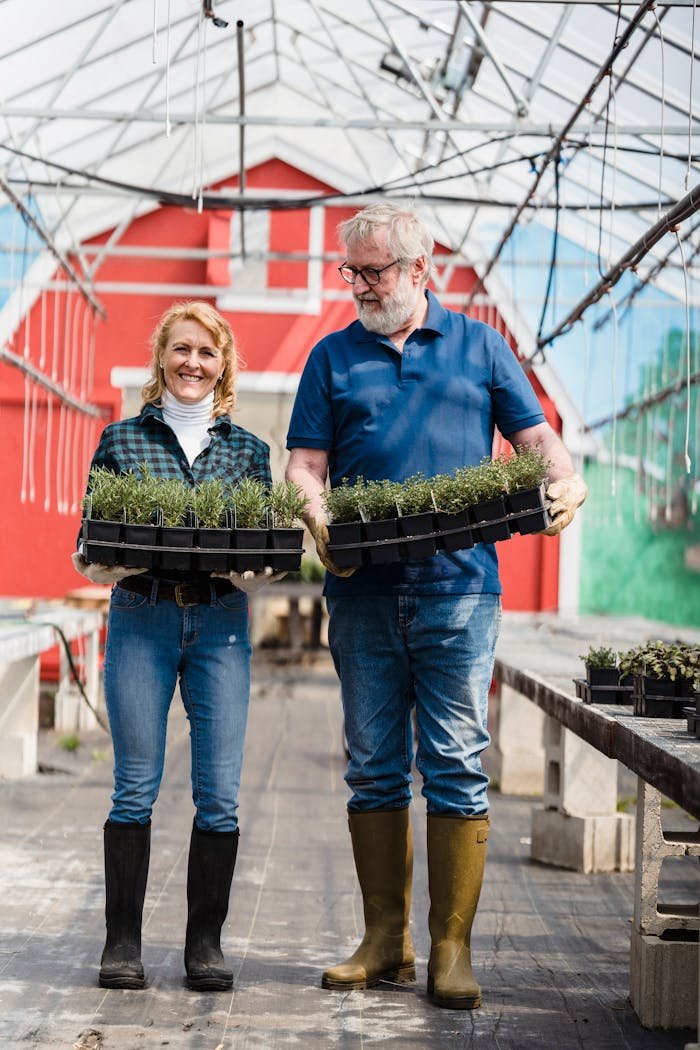Growing chia is one of the simplest and most rewarding gardening experiences you can try, especially if you’re just starting out. Whether you’re planting in a backyard bed or experimenting with chia in containers, chia adapts well to different conditions. These tiny seeds grow into tall chia plants that produce beautiful flowers and nutrient-rich seeds.
Many gardeners choose chia for its fast chia seed germination, low-maintenance care, and rich nutritional value. The seeds are packed with essential fatty acids (EFAs), making them a great addition to any healthy diet. From chia plant care to harvesting, you’ll find the whole journey enjoyable and full of learning. Let’s explore how to grow your own chia at home.
1. Why Grow Chia at Home?
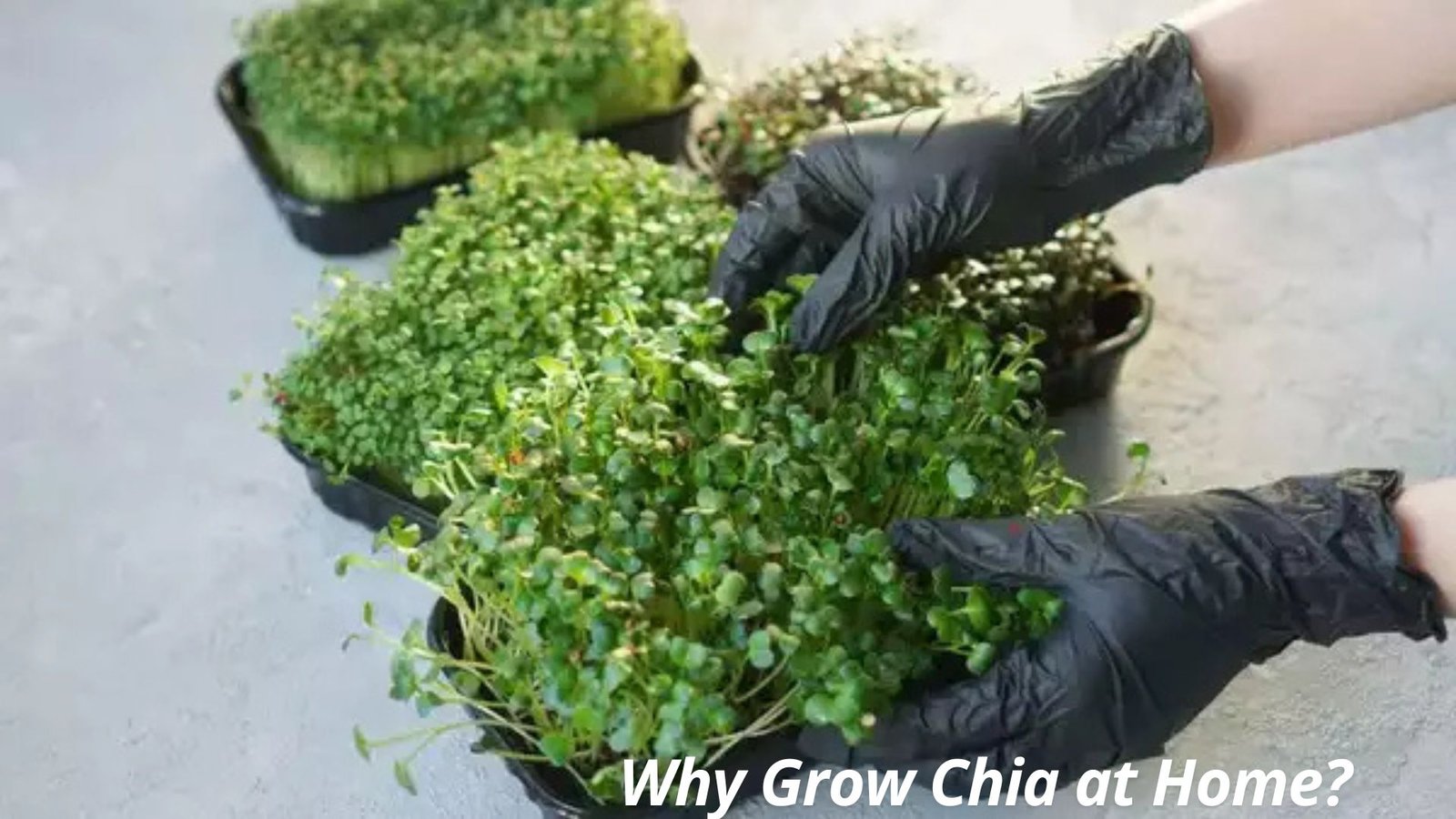
There are many reasons to growing chia at home. First, it’s easy. Second, it saves money on healthy foods. Third, the plant is beautiful. You also get control over quality by using organic chia farming methods. Growing your own chia also means you avoid pesticides and chemical fertilizers.
Health-wise, chia is a superfood. It contains linolenic acid (LNA) and linoleic acid (LA), which are essential fatty acids (EFAs). These help your body absorb oxygen, build cell membranes, and fight viruses and bacteria. If your diet is low in EFAs, growing chia gives you fresh seeds to boost your nutrition naturally. You’ll also love that it’s one of the best energy-boosting foods.
2. Different Types of growing Chia Plants
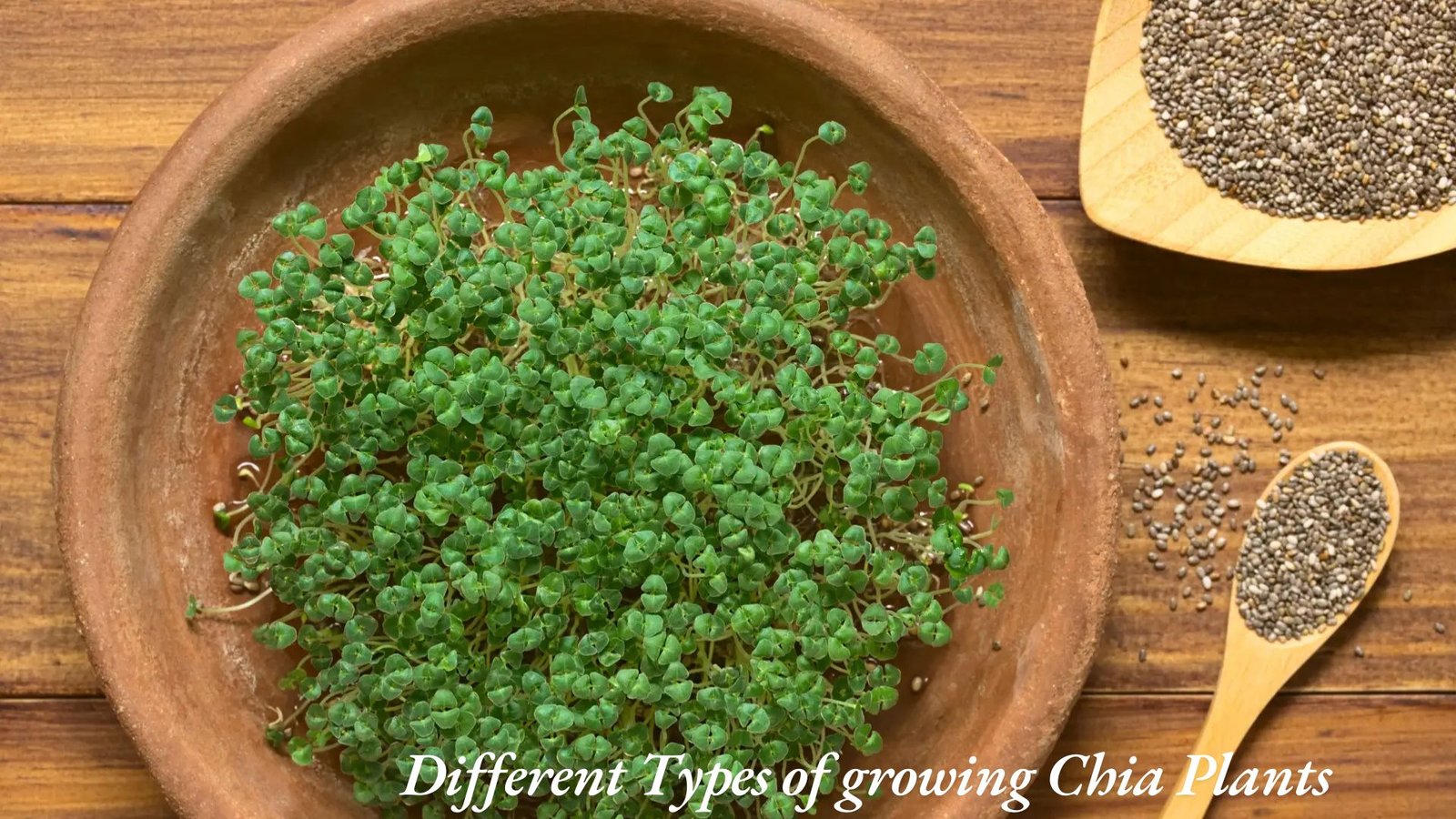
When it comes to chia seeds, you’ll find a mix of black, white, and brown varieties. Some people say one is better than the other, but that’s not true. The truth is, white chia vs black chia is mostly a marketing thing. All chia seeds offer the same nutrition.
There are also PR myths about chia color, often spread by brands trying to sell only one type. In home gardens, the color doesn’t matter. What matters is freshness and soil quality. Most USA gardeners use black or mixed chia seeds with great success. Start with whatever you have in your pantry.
3. Where and When to Plant Chia Seeds
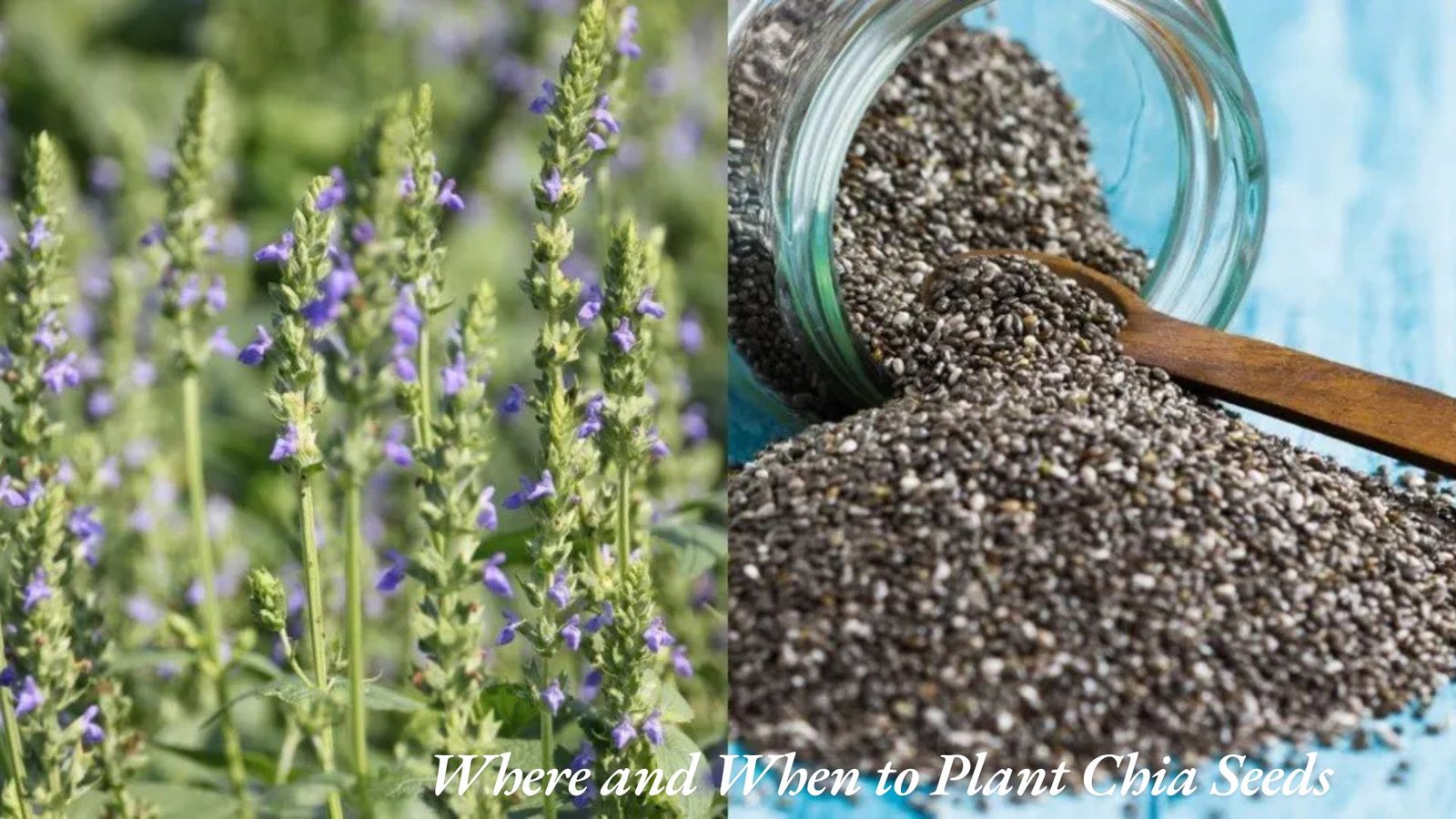
Location matters a lot. Chia grows best in sunny, open areas. The best climate for chia plants is warm and dry. If your summers are hot but not too humid, you’re good. Chia planting time in the USA is spring to early summer.
You’ll need to consider chia plant spacing when planting. Each plant can grow large, so give them room to expand. Plant seeds after the last frost. In northern states, wait until May. In southern zones, you can start as early as March. If outdoor space is limited, try chia in containers.
4. How to Growing Chia Plants from Seeds
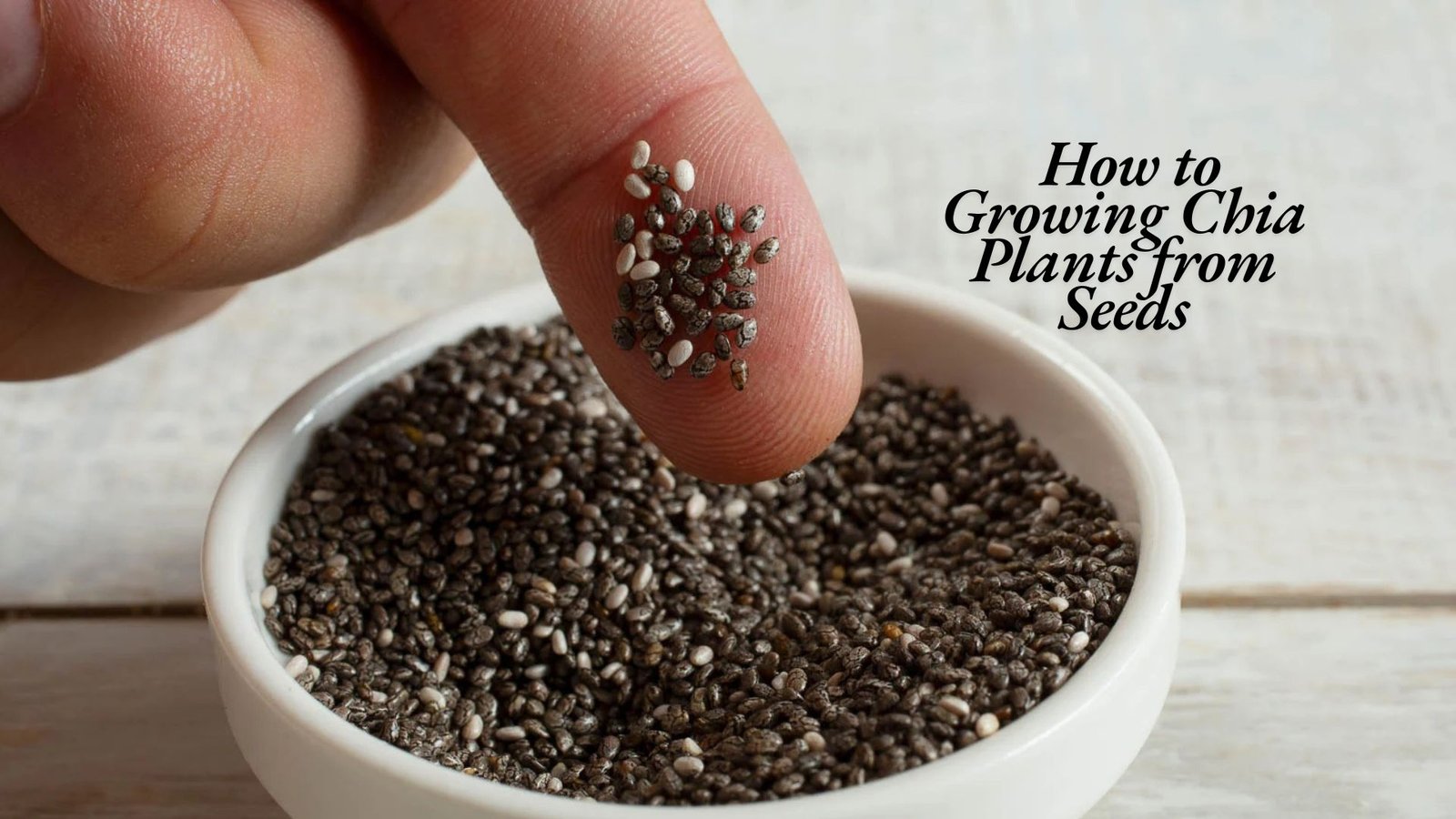
Chia seed germination is simple. Just sprinkle seeds on top of loose, moist soil and press gently. You don’t need to bury them. In a few days, tiny chia sprouts appear. Keep the soil moist but not soggy. They like warm weather to grow fast.
In your homemade chia garden, you can use raised beds, pots, or garden rows. For small spaces, learn how to grow chia indoors near sunny windows. Indoors or outdoors, chia needs light and air. Once the sprouts reach 3 inches, thin them out so each plant has room to grow.
5. Growing Chia Plant Care and Maintenance
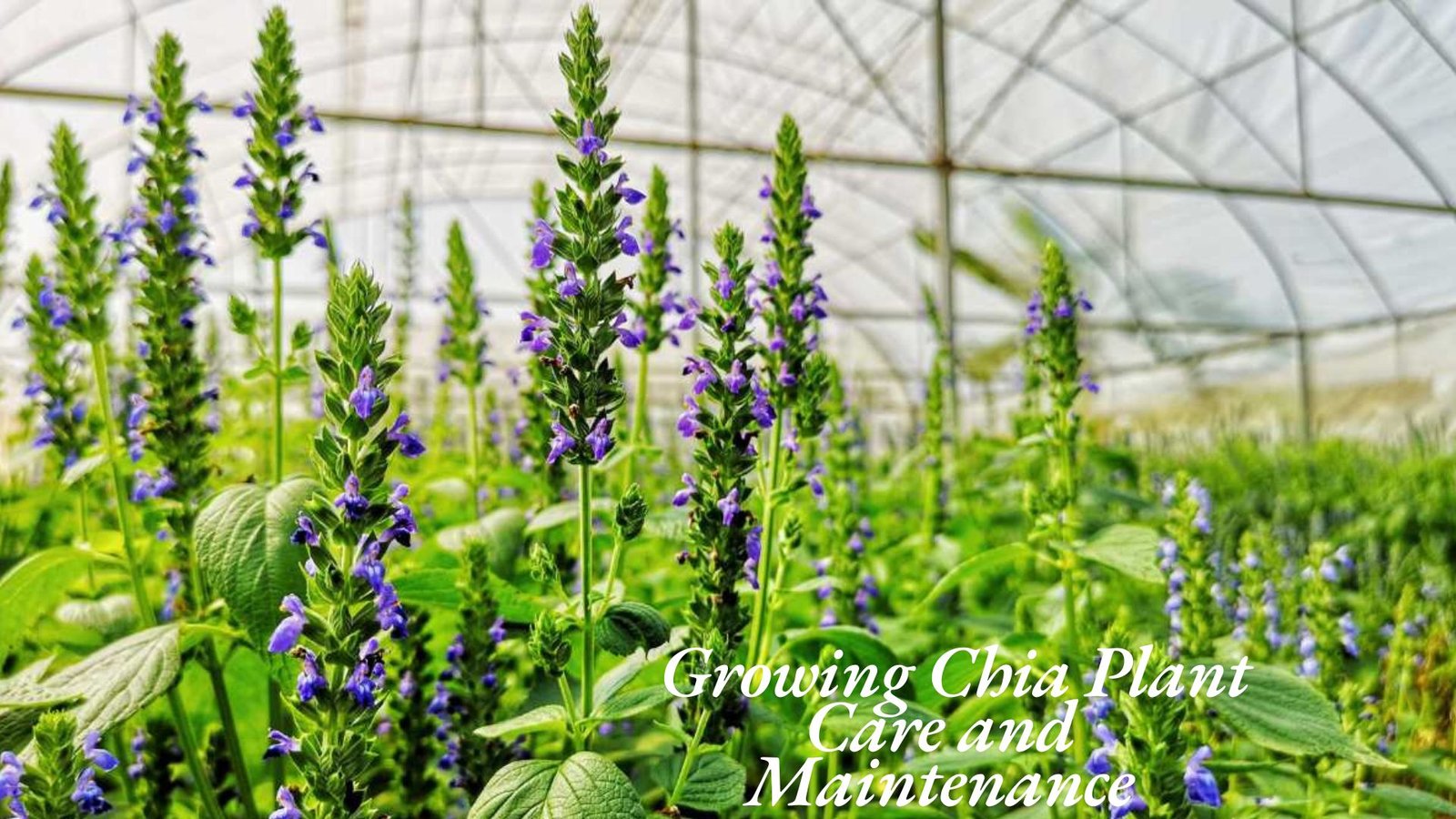
Chia plant care is easy if you follow a few steps. First, water lightly and regularly. They don’t like soggy soil. Second, give them full sun. Chia plant sunlight needs are high, especially if you want flowers. Use mulch to keep moisture in.
Choose the best soil for chia, which is light and well-draining. Sandy or loamy soil works best. Don’t forget to weed around them. For better yield, try pruning chia plant once it reaches 1–2 feet tall. This helps branches grow and makes the plant fuller.
6. How to Get Chia Plants to Bloom
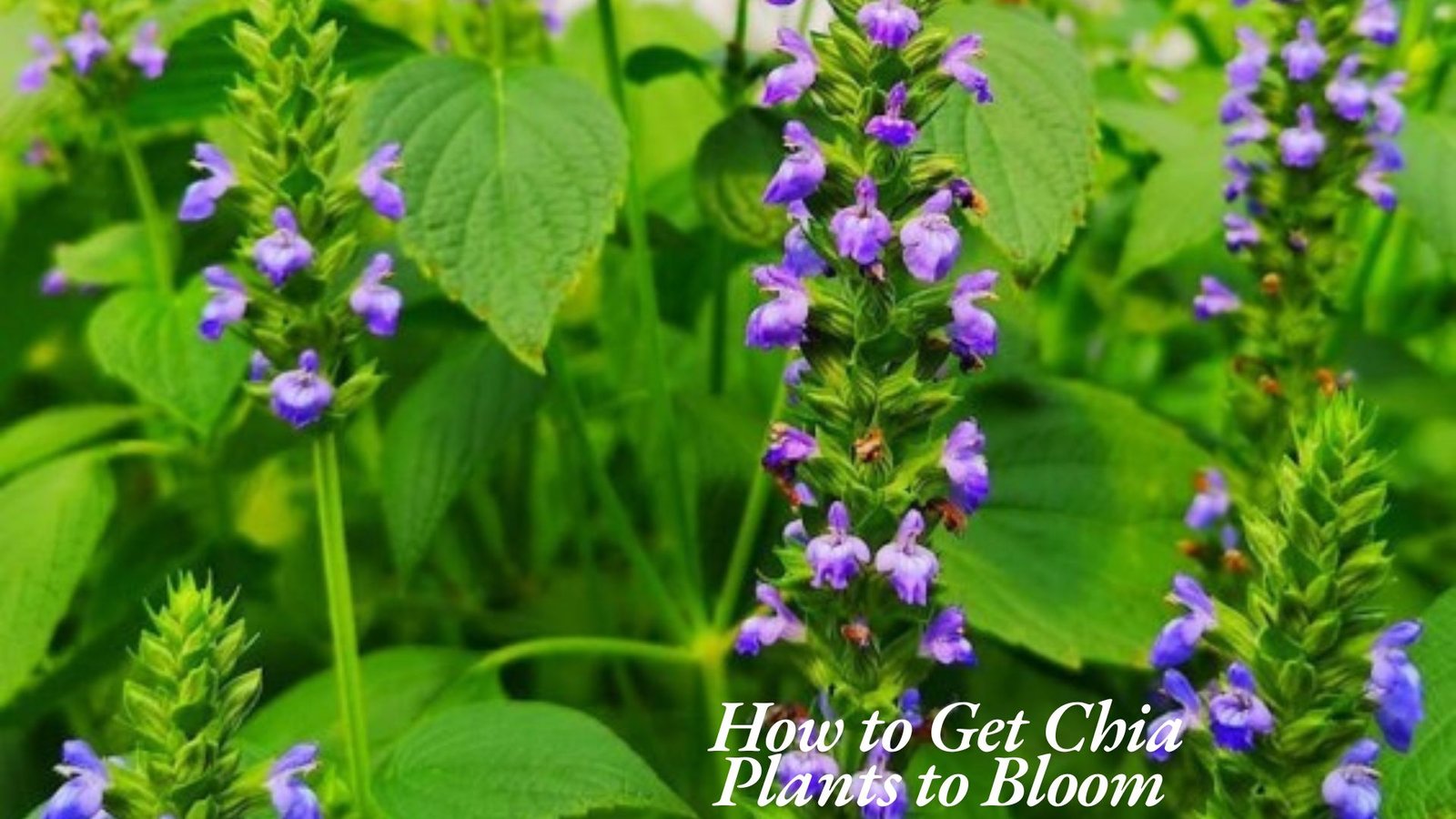
Chia flowers are delicate and pretty. Blooming usually happens in late summer. If your chia isn’t flowering, it might need more sun. Tall chia plants often bloom more, especially when grown outdoors with space.
To increase blooms, follow proper watering, spacing, and feeding methods. Once the plant gets enough light and nutrients, it will bloom naturally. Bloom Months vary by region, but most bloom from July to September. Chia flowers are small, purple, and don’t have a strong smell.
What Do Chia Plant’s Flowers Look and Smell Like?
They are light purple, sometimes blue, and grow in tight clusters. They have a soft, fresh scent.
How to Encourage More Blooms
Make sure the plant gets direct sun for 6–8 hours a day. Avoid overwatering.
7. Harvesting Chia Seeds the Right Way
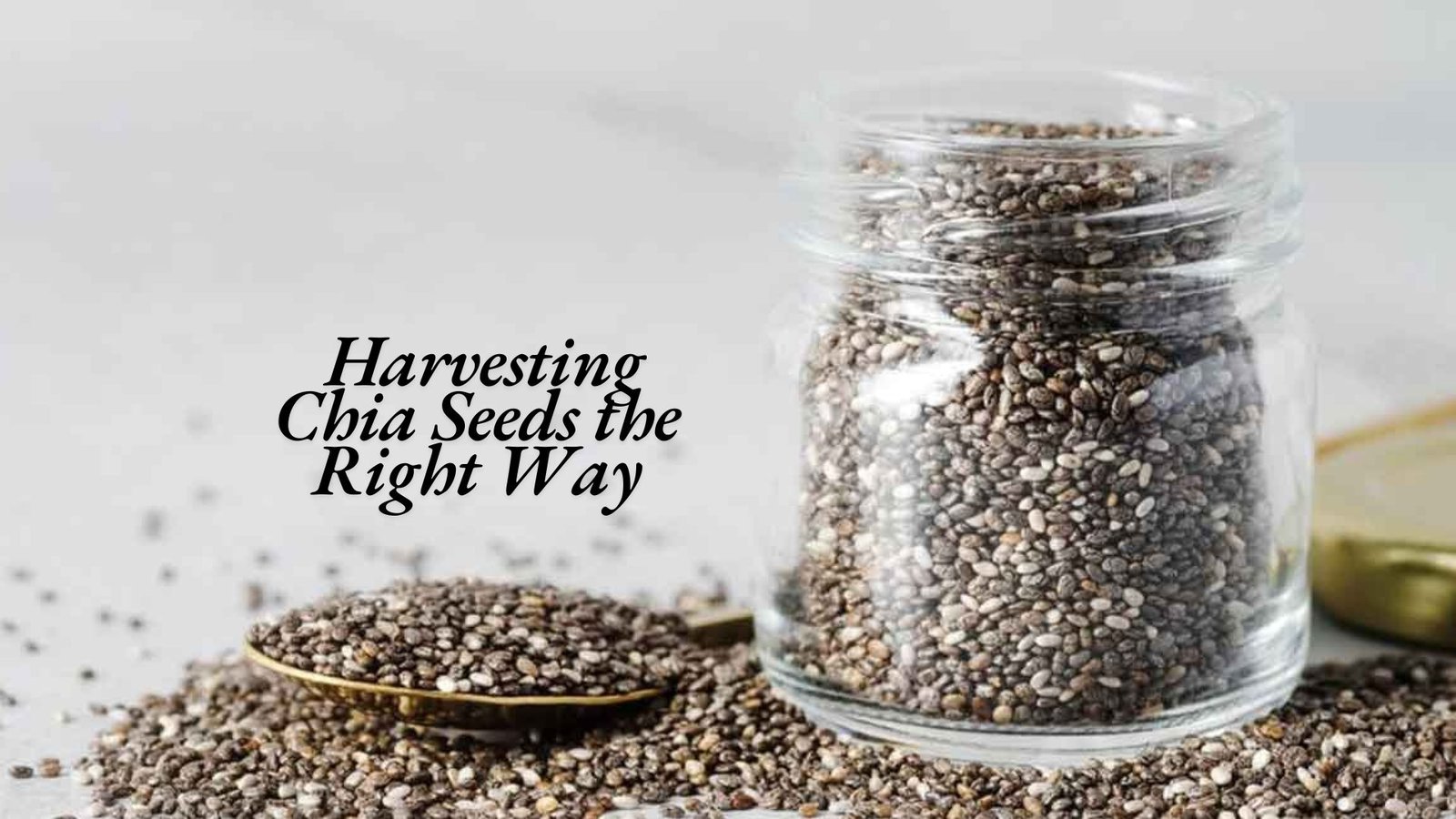
Harvesting chia seeds is the best part. Wait until most petals fall off and flower heads start to dry. Timing is key. If you wait too long, seeds will drop. If you pick too early, they won’t be ready. This is where organic seed harvesting techniques shine.
Use a paper bag to collect heads. Then let them dry fully. When ready, separating seeds from chaff becomes easy. Gently rub the heads with your hand. To clean, use a chia seed sifter. This filters out dust and leftover petals. Below is a simple harvesting guide:
| Stage | What To Do |
| Petals fallen | Cut flower head |
| Head dry | Rub to remove seeds |
| Seeds loose | Sift and store |
8. Common Problems with growing Chia Plants
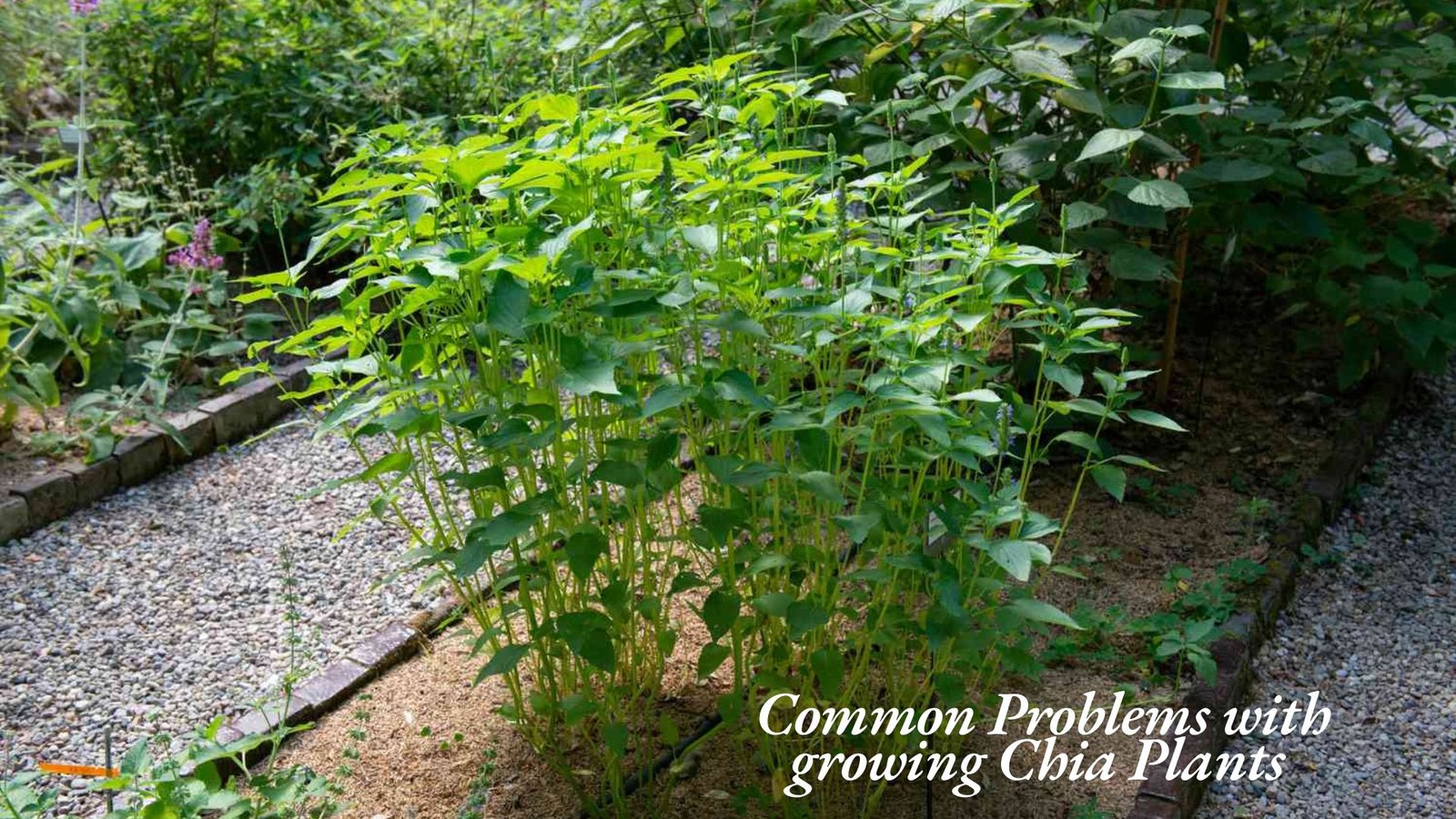
Sometimes problems happen. Leaves may wilt if the soil stays too wet. Insects can bite the stems, especially if the garden is already stressed. Overcrowding leads to poor airflow. That causes mold and weak growth.
These are all part of seasonal chia care. To fix these, don’t overwater. Keep space between plants. Make sure they get sun. If you follow these basics, your chia will be strong and productive. Most pests avoid chia, but watch for signs of damage early.
9. Overwintering and Seasonal Care
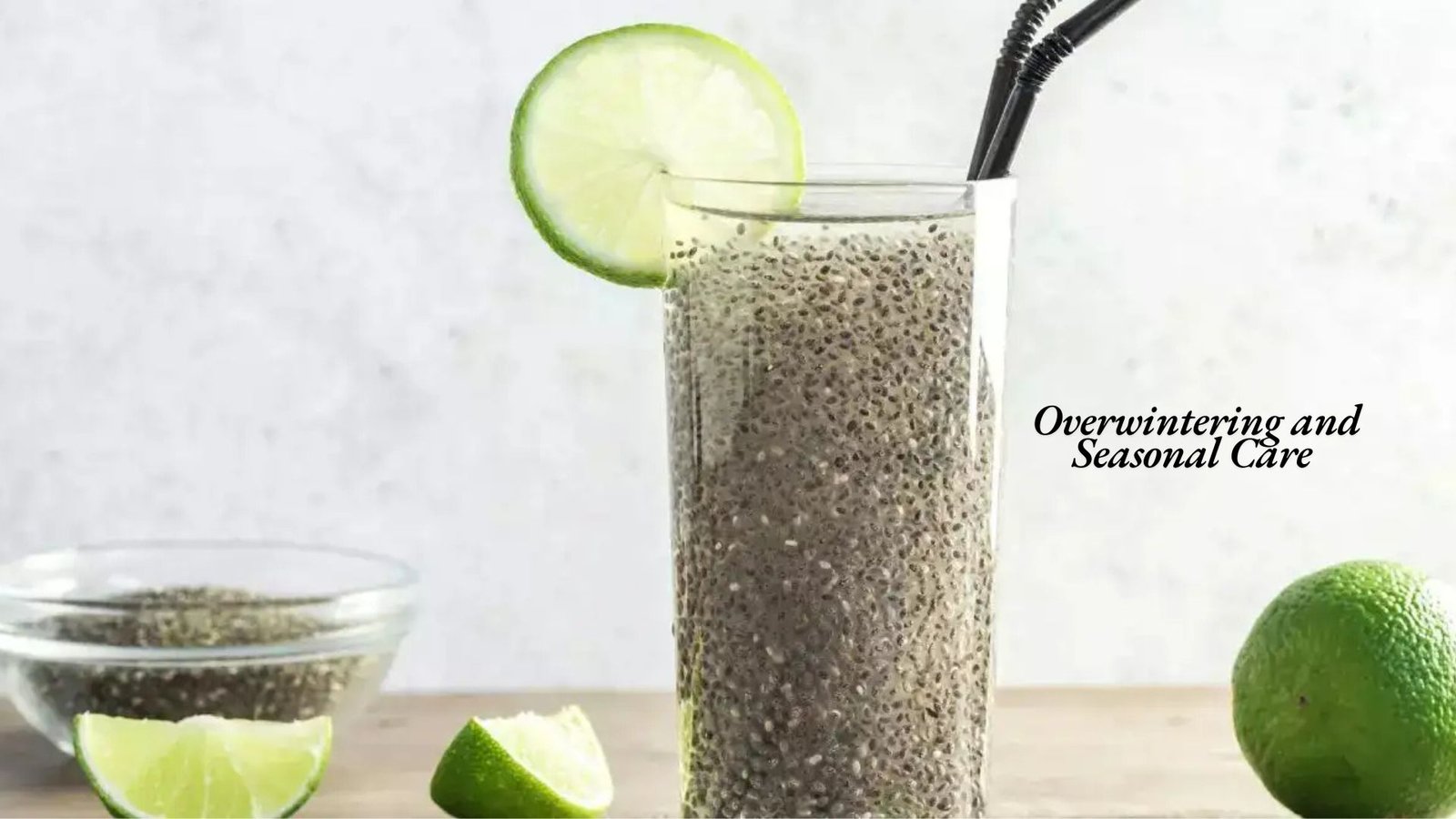
Chia is not a cold-hardy plant. It usually dies after blooming, but seeds may fall and sprout next year. It is not a perennial. Still, in warm regions, you can plant late in summer and enjoy quick blooms before fall.
For seasonal chia care, collect seeds before frost. If growing chia in pots, bring them inside when it gets cold. Dry some heads fully and store in a cool, dark place for spring planting. This is the beginning of seed-saving from chia.
10. How to Use Chia Seeds and Leaves
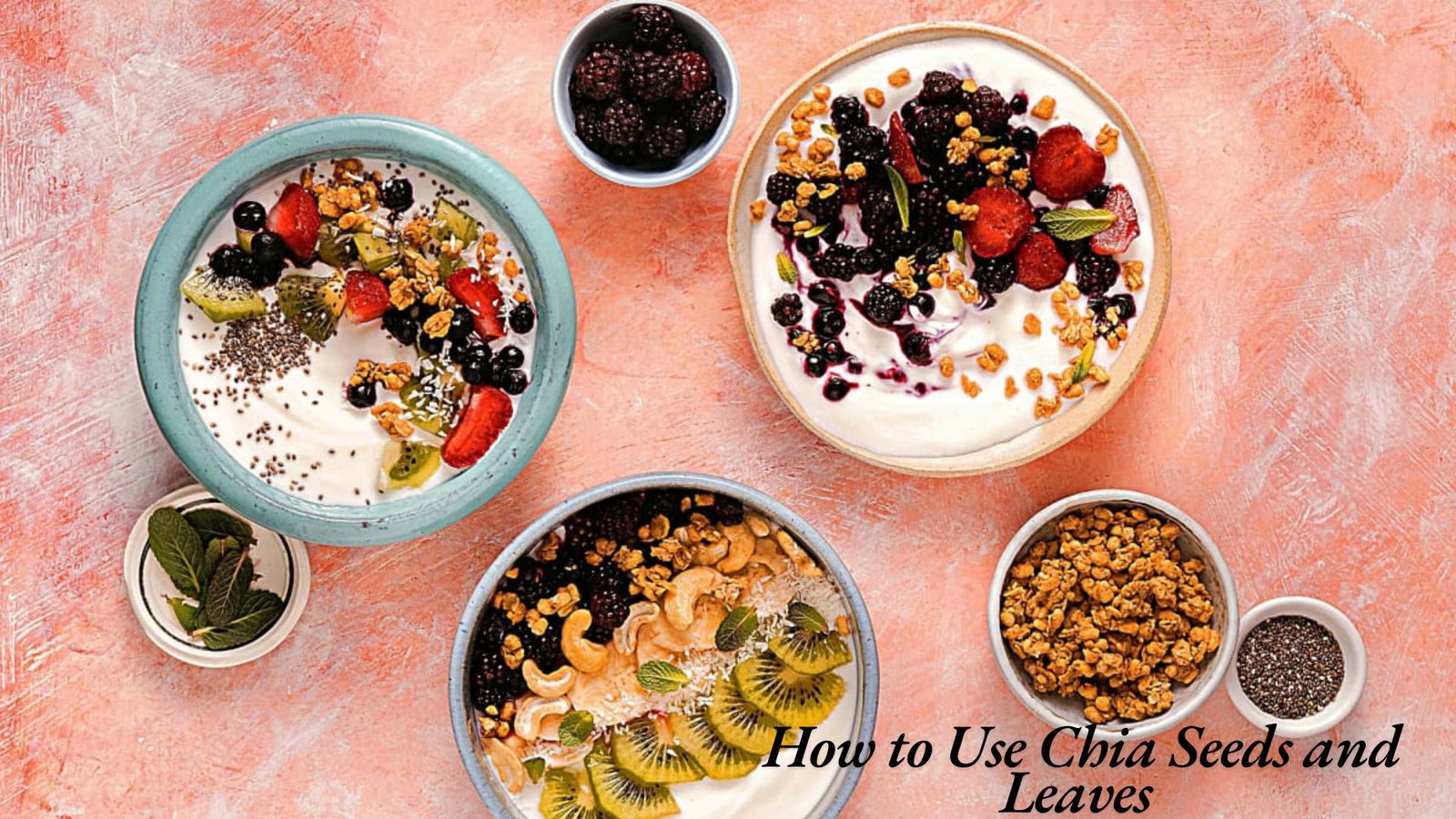
Chia is more than just a seed. The leaves are edible and make great tea. Chia leaves for tea help with sore throat, fever, and digestion. They are rich in antioxidants. Drink fresh or dried, warm or cold. These are just some of the chia tea benefits.
The seeds can be eaten raw, soaked, or added to smoothies. Try soaking chia seeds in water or juice for a filling drink. You can bake with them or toss them in salads. Chia leaves also work well as chia mulch or chicken feed. If you have extra, try composting chia plants to enrich your soil.
Conclusion: The Joy of Growing Chia at Home
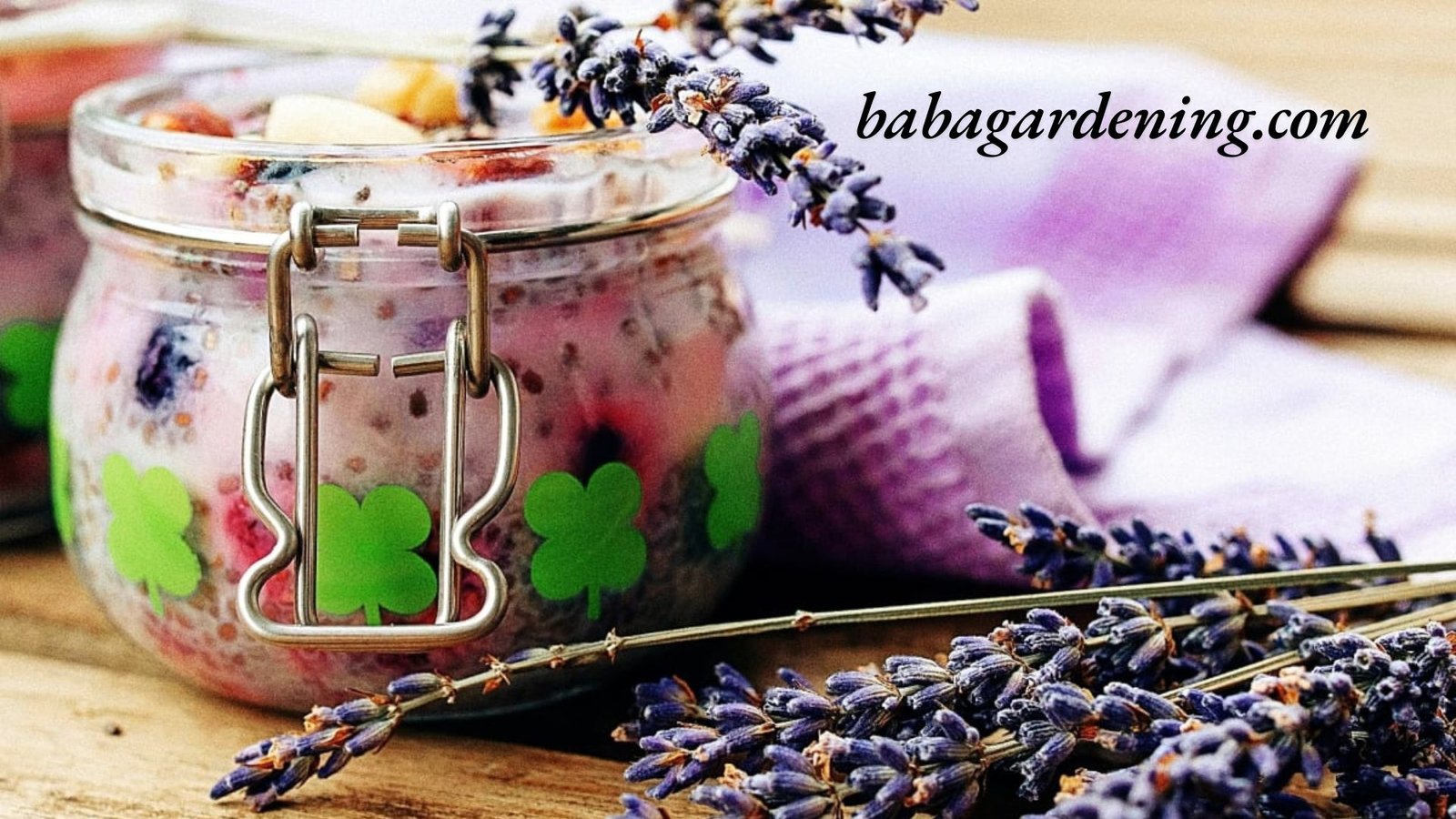
Growing chia seeds is a simple and powerful way to take control of your health and garden. From germination to bloom, from drying chia flower heads to sipping tea from your own leaves, this plant keeps giving. Kids love children harvesting chia, and adults love the nutrition. With patience and sunlight, your chia garden will thrive year after year. Whether you’re starting with one pot or a full backyard, the journey to a better garden starts with a tiny chia seed.
FAQs
1. How long does chia take to grow?
Chia takes about 100 to 120 days from seed to full maturity and seed harvest.
2. Is chia hard to grow?
No, chia is easy to grow and thrives with minimal care in the right conditions.
3. Do chia plants like sun or shade?
Chia plants prefer full sun but benefit from some afternoon shade in very hot climates.
4. Can you grow a chia plant from chia seeds?
Yes, chia plants grow well directly from dry chia seeds—no special treatment needed.
5. How many chia seeds does one plant produce?
One healthy chia plant can yield thousands of seeds, often more than a cup per plant.



